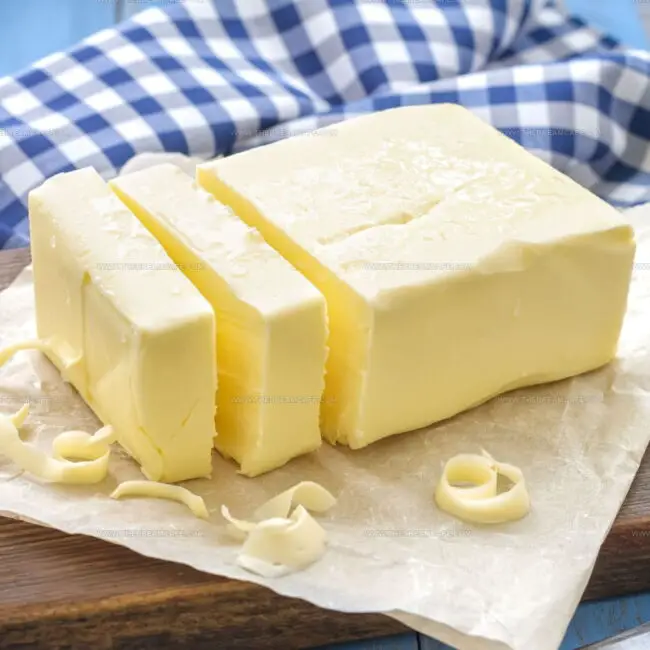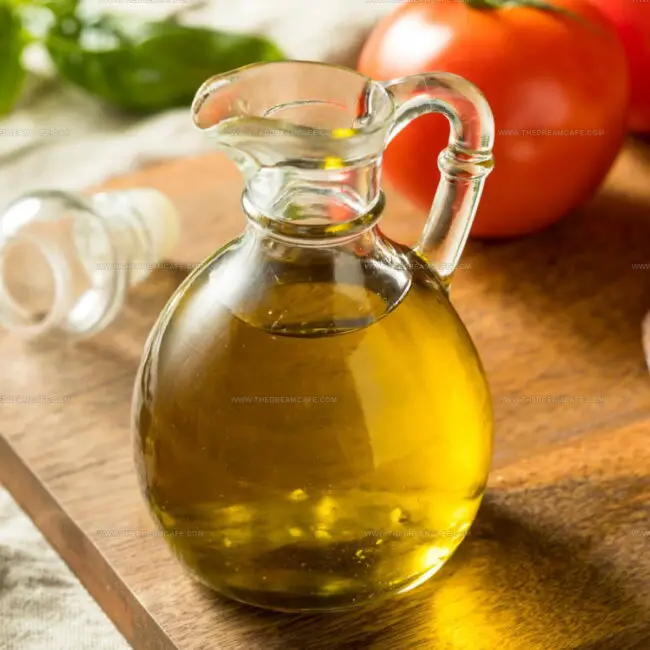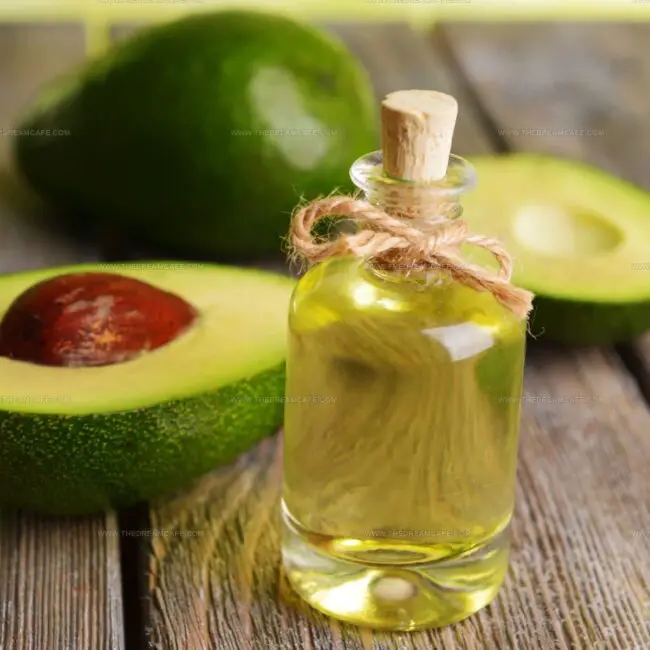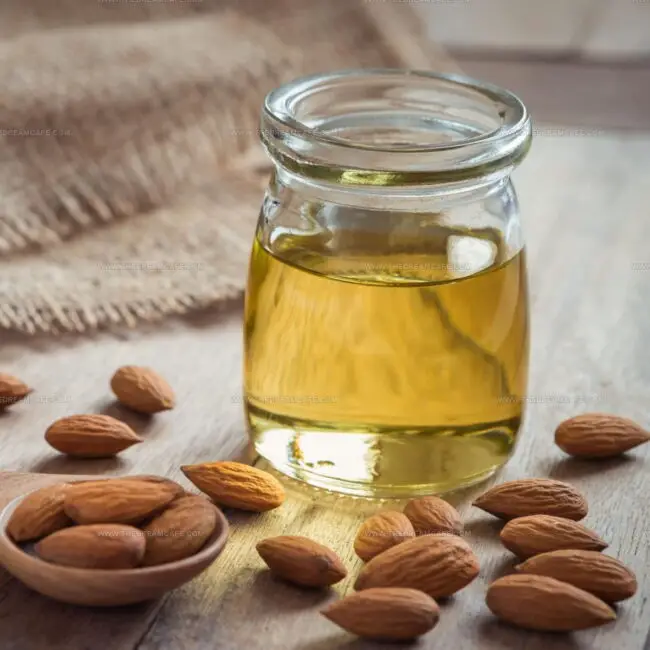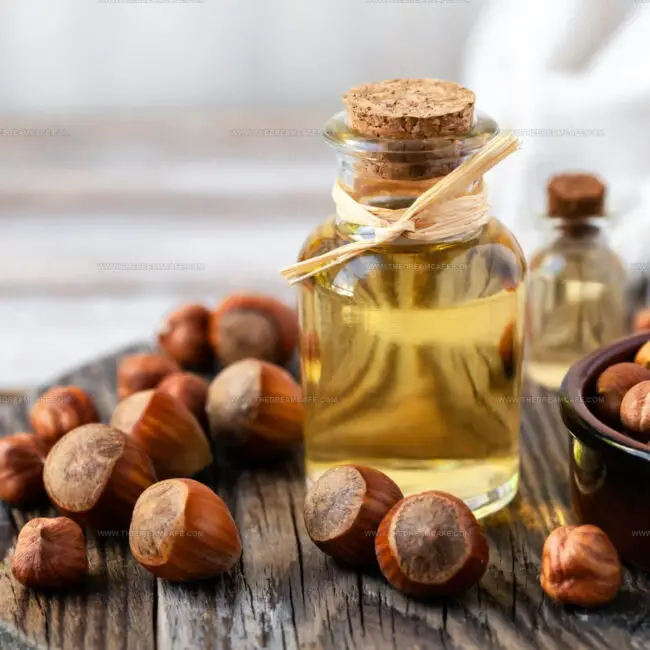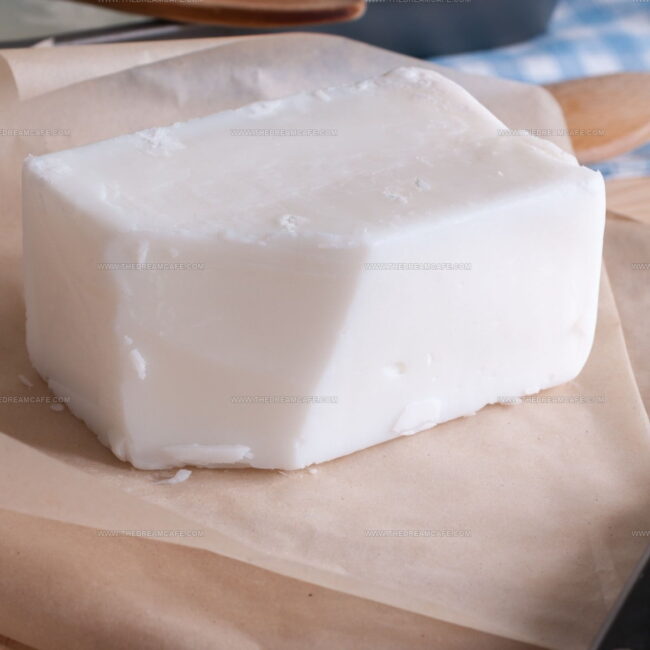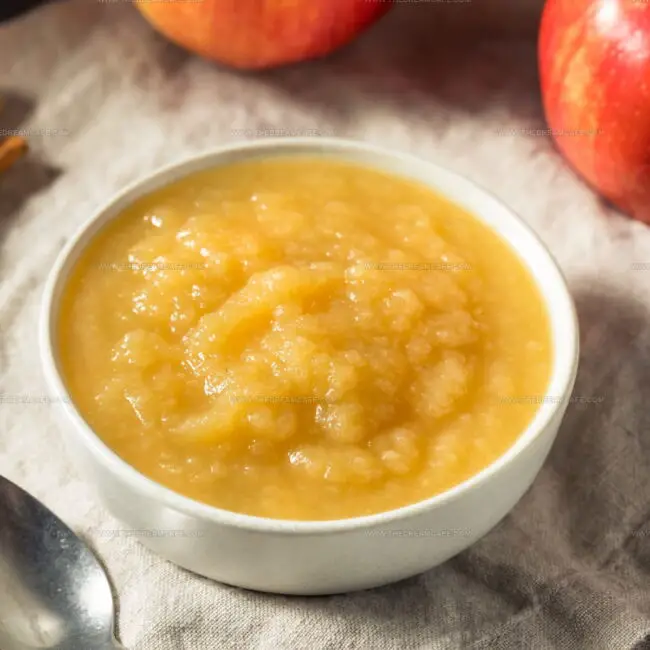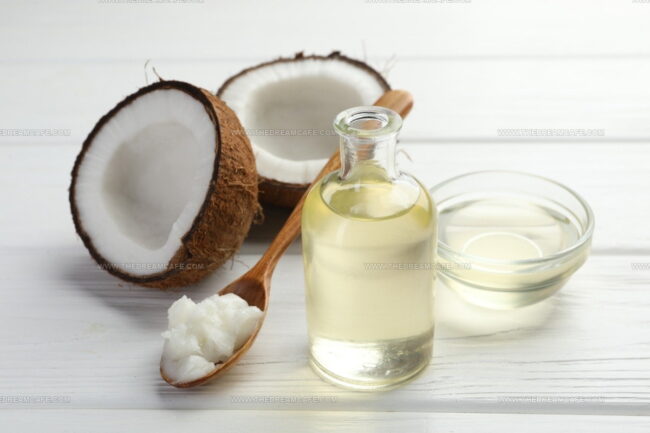13 Delicious Alternatives When You’re Out of Coconut Oil
Coconut oil is a versatile fat used in cooking and baking for its subtle sweetness and tropical aroma.
When coconut oil isn’t available or preferred, alternatives like olive oil, avocado oil, or butter can fulfill similar functions with different flavor nuances.
Some substitutes suit high-heat cooking, while others are best for baking or finishing dishes.
These thirteen best coconut oil substitutes offer flexibility for various culinary needs and dietary preferences.
Understanding smoke points and flavor profiles helps you select the ideal alternative.
Whether you seek a neutral oil or a buttery richness, these options keep your recipes on point.
Explore how to seamlessly replace coconut oil in your kitchen creations.
Coconut Oil’s Flavor and Texture to Mimic
Coconut oil has a naturally sweet, tropical aroma and a mild coconut flavor that can range from subtle to more pronounced, depending on whether it’s refined or unrefined.
Refined versions have a lighter taste, while unrefined (virgin) coconut oil carries a stronger coconut note that can influence the overall flavor of baked goods, sautéed dishes, or desserts. In terms of texture, it’s solid at cooler room temperatures but melts quickly with heat, giving it a smooth, buttery feel that coats ingredients well.
This unique melt-in-your-mouth quality makes it popular in both cooking and baking.
The Greatest Coconut Oil Alternatives
Coconut oil adds richness and a distinct flavor. When it’s not in the pantry, you can still get good results. It’s just about picking something that works for your recipe.
Butter
Butter stands as the most popular substitute for coconut oil in baking, adding a rich flavor and wonderful texture to cookies, cakes, and pastries.
The swap typically follows a simple 1:1 ratio, making this substitution straightforward for most recipes.
You should keep in mind that butter contains water while coconut oil doesn't, which might slightly alter the final texture of baked goods.
For cooking applications, butter works well for sautéing and frying, though its lower smoke point means moderate heat is best to prevent burning.
Some recipes may need minor adjustments in liquid ingredients to compensate for butter's moisture content, but overall this replacement delivers delicious results with minimal fuss.
Extra-Virgin Olive Oil
Olive oil substitution provides Mediterranean magic that many cooks swear by, especially extra-virgin olive oil with its heart-healthy benefits and distinctive fruity flavor.
This golden liquid works perfectly in place of coconut oil for dressings, marinades, and as a finishing touch on completed dishes at a simple 1:1 ratio.
Most people enjoy using it for sautéing or light frying as long as the heat stays relatively low since olive oil has a lower smoke point than some alternatives.
The oil adds wonderful moisture to baked goods while creating an unexpected flavor dimension that can elevate ordinary recipes.
Experienced home cooks often reach for this versatile option when they want both nutrition and rich taste in one simple switch.
Avocado Oil
Substituting avocado oil for coconut oil can revolutionize your cooking with its rich nutrients and high smoke point.
This green gold delivers excellent results for high-heat methods like grilling, roasting, and frying without changing your food's flavor profile.
Many cooks appreciate its mild, buttery taste when baking treats that shouldn't carry coconut's distinctive flavor.
The 1:1 replacement ratio makes switching incredibly simple in any recipe requiring neutral-tasting oil.
Your dishes will maintain their moisture and fluffiness while gaining the health benefits of avocado oil's good fats.
Grapeseed Oil
Grapeseed oil stands as a winemaker's gift to the kitchen, offering a clean, light taste from pressed grape seeds that many chefs prefer.
Its high smoke point makes it excellent for stir-frying, sautéing, and deep-frying when coconut oil isn't available.
The neutral flavor profile allows grapeseed oil to replace coconut oil without changing your dish's taste, perfect for creating light salad dressings and marinades.
For health-conscious cooks, this oil provides rich polyunsaturated fats and Vitamin E, supporting heart health while enhancing your cooking.
Substitution is straightforward - just use a simple 1:1 ratio whenever a recipe calls for coconut oil.
Sunflower Oil
Sunflower oil stands as a remarkable substitute for coconut oil when you need to brighten up your dishes with its golden hue and subtle nutty flavor.
The high smoke point makes it perfect for frying, roasting, and baking everything from crispy snacks to decadent brownies.
This versatile oil contains an abundance of Vitamin E, giving your meals an antioxidant boost while maintaining the texture and taste of your favorite recipes.
For best results, simply use an equal amount of sunflower oil whenever coconut oil appears in your cooking instructions.
Canola Oil
Canola oil stands out as an excellent coconut oil substitute with its light, mild flavor that won't overpower your dishes.
The neutral taste blends seamlessly into recipes where you want other ingredients to shine through.
For cooking versatility, canola oil's medium-high smoke point handles everything from delicate baking to higher-temperature frying and roasting with ease.
Health benefits come from its rich omega-3 and omega-6 fatty acid content, making it a heart-friendly option in your kitchen.
Simple replacement requires just a 1:1 swap for coconut oil in any recipe, so your favorite dishes maintain their expected texture and consistency.
Hemp Seed Oil
Hemp seed oil stands out as a nutritious substitute with its distinctive nutty and earthy undertones that enhance many dishes.
The oil performs best when used unheated, allowing its rich omega fatty acids and exceptional nutritional benefits to remain intact.
Many chefs prefer this flavorful alternative for dressings, drizzles, and dips where its unique taste can truly shine.
Health enthusiasts often add it to shakes and smoothies for an easy boost of essential fatty acids their bodies need.
Before using hemp seed oil in your cooking, take a moment to consider what your recipe specifically requires for the best results.
Substitution is simple with a straightforward 1:1 ratio in most recipes, though you can always start with less and adjust to match your personal taste preferences.
Almond Oil
Almond oil stands out as a fantastic substitute for coconut oil in many recipes, bringing a subtle nutty and sweet flavor that enhances desserts and baked goods beautifully.
This versatile oil works best in gentle cooking situations due to its medium smoke point, making it perfect for light sautés where delicate flavors matter most.
The natural sweetness of almond oil creates magic in pastries and cookies, adding depth without overpowering other ingredients.
For anyone looking to make the switch, simply use a 1:1 ratio in any recipe calling for coconut oil.
Many people particularly appreciate how almond oil maintains its smooth consistency regardless of temperature, unlike coconut oil which solidifies when cold.
Hazelnut Oil
Hazelnut oil can transform ordinary recipes into gourmet delights with its profoundly aromatic and nutty flavor.
Many professional chefs prefer this versatile oil as a substitute for coconut oil in desserts, baked goods, and salad dressings because of its distinctive taste profile.
The high smoke point makes this oil perfect for high-heat cooking methods like baking and frying without breaking down.
Drizzling it over pasta or incorporating it into chocolate desserts creates an elevated dining experience that impresses dinner guests.
For best results in your kitchen experiments, simply use a 1:1 ratio when substituting hazelnut oil in any recipe that calls for other cooking oils.
Beef Tallow
Beef tallow stands out as a superb alternative to coconut oil due to its rich, savory profile that adds exceptional depth to meaty dishes.
This rendered beef fat boasts an impressive high smoke point, making it perfect for frying, sautéing, and creating delicious savory pastries without burning.
For health-conscious individuals, tallow contains beneficial nutrients including vitamins A, D, E, and K, plus omega-3 fatty acids that support overall wellbeing.
Substituting is remarkably straightforward- just use solid or melted tallow in the same 1:1 ratio as you would coconut oil in your recipes.
Those embracing nose-to-tail eating principles will particularly value this traditional fat that connects us to generations of cooking wisdom.
Applesauce
Applesauce is a remarkable substitute for coconut oil in baking, maintaining moisture while adding natural sweetness that enhances flavors in your cakes, muffins, and breads.
This healthy alternative significantly reduces fat content in recipes, though it may create slightly denser textures that require minor adjustments.
For best results, use about 3/4 the amount called for in your recipe - if the recipe asks for 1 cup of coconut oil, 3/4 cup of applesauce should work perfectly.
The subtle apple flavor complements most sweet treats wonderfully but can also work in certain savory dishes where a hint of sweetness wouldn't be unwelcome.
Not many people realize that this simple childhood snack can transform their baking into healthier versions without sacrificing taste or quality.
Safflower Oil
Safflower oil stands as an excellent substitute for many cooking oils, particularly due to its impressive high smoke point that makes it perfect for frying and sautéing without burning.
The light, neutral flavor doesn't overpower other ingredients, allowing the natural tastes in your recipes to remain prominent.
Many health-conscious cooks appreciate safflower oil for its heart-healthy monounsaturated fats and omega-6 fatty acids, making it a nutritious alternative to butter or coconut oil in baking where it creates wonderfully light, flaky pastries.
Switching to this oil requires no special measurements since it works perfectly in a simple 1:1 ratio for any recipe calling for other oils.
Derived from the vibrant safflower plant with its distinctive yellow-orange flowers, this versatile oil deserves more attention in everyday cooking.
Neem Oil
Neem oil is a powerful remedy for skin conditions, pest control in gardens, and traditional medical treatments across various cultures.
Its bitter flavor and potent smell make this oil unsuitable for cooking, unlike the mild coconut oil many people enjoy in their recipes.
The magic of neem oil truly emerges in skin treatments, where its antimicrobial and anti-inflammatory properties help with conditions like acne, eczema, and psoriasis.
Before applying neem oil directly to your skin, a small patch test can prevent potential allergic reactions or irritation.
For maximum health benefits, talking with a healthcare provider ensures safe usage appropriate for your specific needs.
What’s the Difference in How Coconut Oil and Liquid Oils Behave in Cold Applications?
Coconut oil and liquid oils (like olive, canola, or vegetable oil) behave quite differently when used in cold dishes or stored at low temperatures:
Choosing the right oil depends on texture preference and flavor compatibility in your cold dishes.
More Tips to Use Coconut Oil Substitutes
Here are some quick and simple tips for using coconut oil substitutes effectively:

